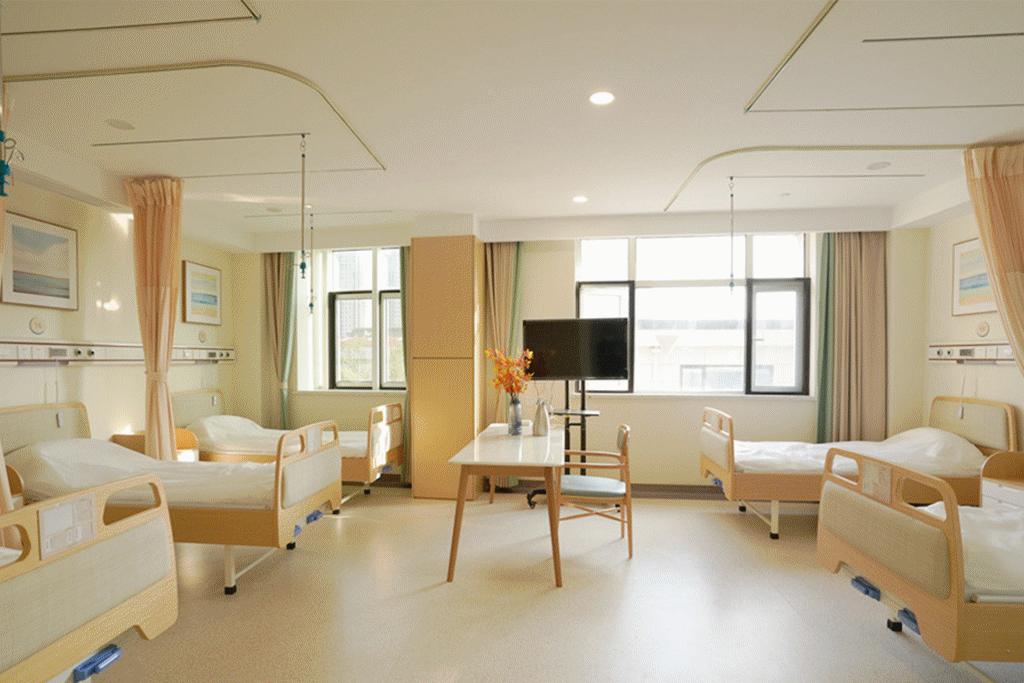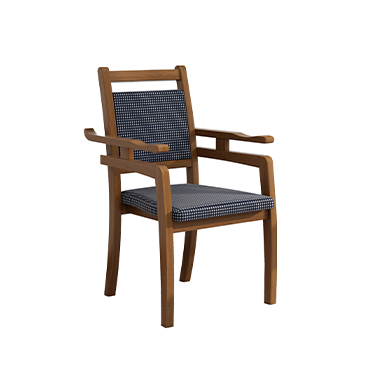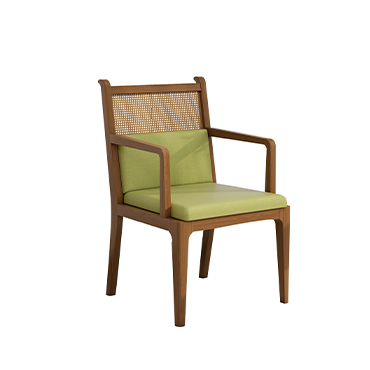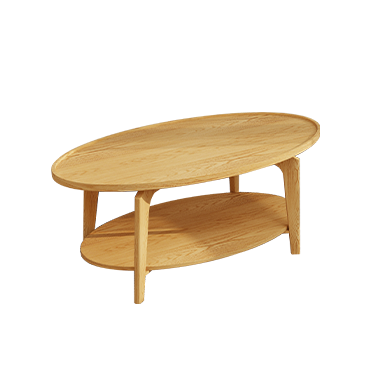Why Elderly-Friendly Furniture Is Gaining Growing Attention
— A Comprehensive Look from Demographic Trends to Market Opportunities
As global demographics shift, elderly-friendly design is emerging as a key focus in the furniture industry. Particularly in aging societies such as Europe, East Asia, and North America, the demand for senior-oriented furniture is growing rapidly—moving from a niche category to a major market segment.
So, why is elderly furniture demand becoming increasingly important? Let’s explore the key reasons from five perspectives: demographics, consumer needs, lifestyle changes, policy support, and business trends.
1.Accelerated Global Aging: The Silver Generation Becomes a Core Consumer Group
According to the United Nations, by 2050 the number of people aged 60 and over will surpass 2 billion—more than 22% of the global population.
Countries like China, Japan, Germany, and Italy have already entered or are approaching a "super-aged society" (where 21%+ of the population is 65 or older).
This means:
Seniors are no longer a marginal group. They are a massive and growing consumer market that requires products tailored to their physical, emotional, and lifestyle needs.
2.Strong Demand for Comfort and Safety in Home Environments
As people age, they face physical challenges such as reduced mobility, muscle weakness, balance issues, and slower reaction time. These changes expose major shortcomings in traditional furniture:
Sofas are too low—making it difficult to sit or stand up
Beds lack support rails—posing risks during nighttime movement
Storage cabinets are placed too high or too low—requiring bending or stretching
Sharp corners and slippery floors increase the risk of falls and injuries
Elderly-friendly furniture is no longer a “nice-to-have”—it's essential for safety, comfort, and preserving independence in later life.
3.Evolving Consumption Habits: Seniors Are Willing to Invest in Quality Living
Today’s senior generation, especially urban retirees, are:
Financially stable (with pensions, savings, or home equity)
Focused on health, comfort, and personal dignity
Open to smart, ergonomic, and stylish products
This shift means:
They are willing to pay for furniture that is functional, easy to use, and thoughtfully designed.
“I don’t need luxury—I need convenience, safety, and comfort,” said a 70-year-old user when asked about ideal furniture.
4.Policy Support and Aging Industry Growth Promote Standardization
Governments around the world are encouraging the development of elderly-oriented products:
China’s Aging-Friendly Renovation Guidelines include standards for elderly-use furniture and bathroom design
Japan’s Senior Housing Certification System promotes aging-friendly home and furniture solutions
The EU Harmonized Standards include ergonomic and safety guidelines for products used by older adults
Meanwhile, the rise of in-home care, community-based senior housing, and nursing facilities is creating multi-scenario demand for elderly furniture—from private homes to public institutions.
5.Business Opportunity: Elderly Furniture Becomes a High-Growth Market
More brands, design firms, and healthcare providers are investing in the silver economy:
IKEA launched easy-assembly chairs with added support for elderly users
MUJI introduced minimalist, elderly-friendly armchairs
Haier and Huawei Smart Life are developing smart aging-in-place home furniture
Chinese custom furniture brands are offering full aging-friendly home packages with raised beds, non-slip bathrooms, and mobility-assist seating
From basic functionality to personalized comfort and smart solutions, elderly furniture is evolving into a new blue-ocean market.
Conclusion: Elderly-Friendly Design Is Not a Trend—It’s the Future
From demographic pressure to changing consumer values, policy mandates to commercial innovation, the demand for elderly-friendly furniture is growing fast—and it’s here to stay.
For brands, manufacturers, and designers, those who truly understand the needs of the aging population and respond with empathy and innovation will take the lead in this high-potential market.





